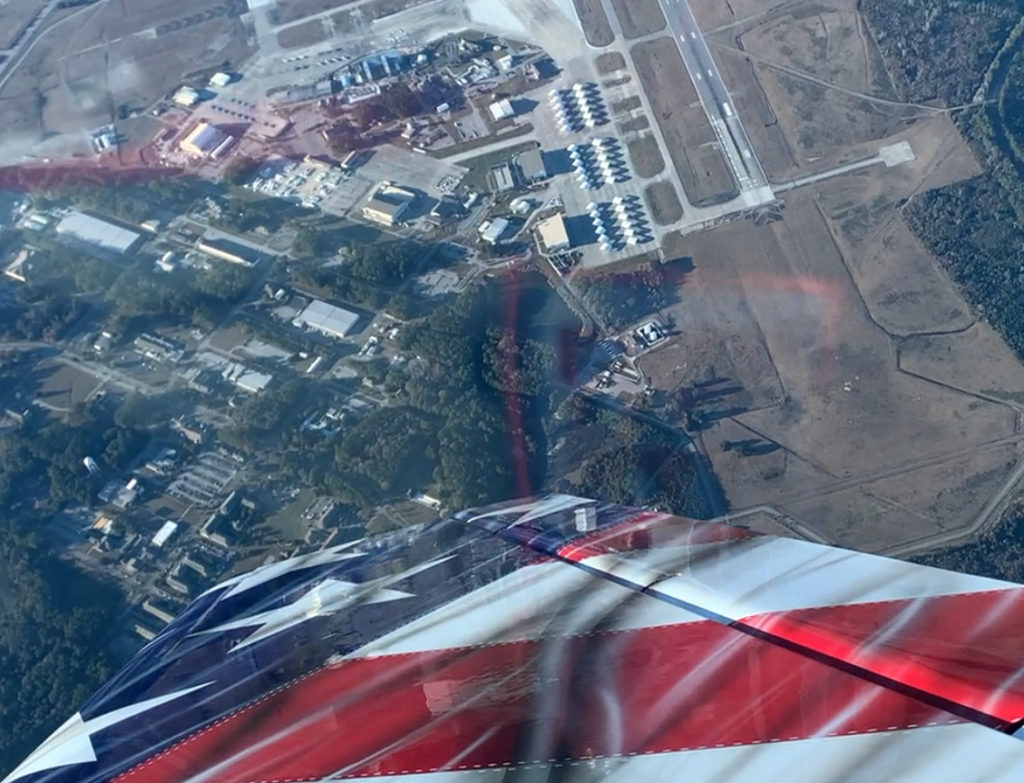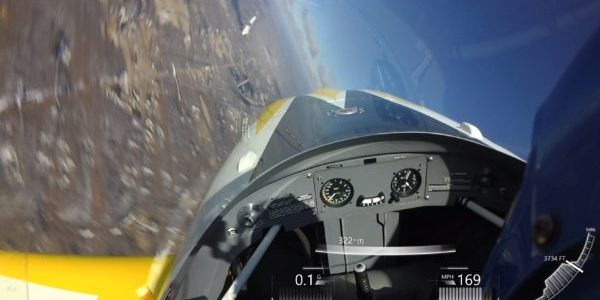
Way back in 2007 the ink on my CFI temporary was still wet, but I thought I knew everything there was to know about aviation, especially about how airplanes turn. The arrival of that first student sitting on the other side of the table, staring back at me with their little Bambi eyes eager to learn, flushed that notion right down the toilet. The old adage, “It’s a license to learn” was never more true than in that moment. Going through a 141 program instilled a lot of practices and methods along the lines of “this is how it’s done, do it that way and you’ll be fine.” But I was always a little more curious than that. Getting into instructing those same methods, some things started to not make sense, and I was always being a 4 year old and asking (annoyingly), “Why?” And I hated the answer, “because I said so.”
Let me setup an example, in Private flying the Cessna 152 when we did Steep Turns we were instructed to Roll to a Bank of 45° using ailerons, and maintain altitude with elevator inputs, roll out 1/2 bank angle prior to desired heading. But in teaching Commercial the instruction changed slightly, “Use Power to maintain Speed.”
“Why use power here in the 172 and not in the 152?” I asked.
“Well it’s heavier, and we’re using more bank angle at 50° so there’s more load factor,” somebody answered it’s not important who.
While it’s true that the airplane is heavier, and more bank angle REQUIRES more load factor (it’s not there automatically), I hadn’t quite made the connection as to why we needed power in one airplane and not the other. The truth was though, there was no reason not to use power in the Steep Turn, but because it was how things had been taught, no one was adding power in Steep Turns in the 152’s. This actually causes quite a domino effect which leads to poor piloting and struggles in the later courses. This is why I began teaching 4 Input Maneuvering.
For any control input, you need at least 2 to 3 other control inputs. If rolling (ailerons) into a level, constant speed turn, a rudder input is required for coordination, an elevator input is required for altitude, and a power input is required for speed. In Private the least emphasis is generally placed on the rudder and the power, and more emphasis is placed during Commercial training for smoothness and passenger comfort reasons. But there’s no reason we can’t be practicing and teaching the 4 Input Maneuvering method as the bedrock of instruction in the earliest phases of flight training.
The Steep Turn is the magnifying glass for pilot technique as it requires the pilot to demonstrate application of all of the controls. Being at 45°-50° of bank puts the aircraft into an area of the flight envelope that really brings out our flaws. The rudder and aileron usage to maintain coordination contributes to aircraft control especially in the low-speed and high Angle of Attack flight regimes. Being coordinated at all times means that the aircraft cannot enter into a spin… ever. If you use the same hand and feet inputs learned and practiced coordinating Steep Turns to maintain coordination during the slow flight regime you will be a safer pilot.
The throttle and elevator also have a relationship with each other. Banking an aircraft reduces the Vertical Component of Lift and the aircraft will descend because it’s losing the battle against gravity. Pulling back on the yoke increases the AoA by deflecting the elevators, increasing total lift but also increasing INDUCED DRAG. This increase in Drag decreases our Speed, which also hurts Lift, resulting in descending, requiring an increase in AoA which increases drag which decreases speed which loses lift… sorry, got into a loop there. BUT, if we realize that the elevator input is going to cause all of that, we can anticipate the drag by adding thrust as we begin to pull back on our pitch controller.
So just in our Steep Turn we can now see how applying an aileron input also needs rudder, elevator, and power just to maintain a level constant speed turn. The amount of bank angle determines the amount of bank pressure required to maintain level, and we feel this in the form of G Force. The steep turn is a maneuver you as the pilot should FEEL. It’s a small increase in G the pilot creates, not enough to need to strain against, but enough that you may be slightly uncomfortable at first, especially if you don’t know what ti is your feeling, or that it’s a good thing.
But wait! There’s more! Adding power in our propeller driven airplanes also generates turning tendencies that act mainly as Yaws on our airplane. These yaws cause the aircraft to become uncoordinated and require a rudder input by the pilot to maintain coordination. Also as the bank angle increases beyond about 30 degrees an overbanking tendency kicks in and the pilot must begin applying small aileron corrections in the opposite direction of the bank just to maintain the bank angle.
These skills required for a quality steep turn are used in every other area of powered flight. Our bank/pitch/power/rudder relationships observed while practicing our steep turns can be applied to instrument flying, slow flight, traffic pattern, ground ref, and even everyday normal maneuvering. By ingraining these skills and relationships between the controls as the bedrock of our flying technique, we will be better, safer pilots for the rest of our days as a Pilot in Command.
To learn more visit https://www.richstowell.com/learn-to-turn/

